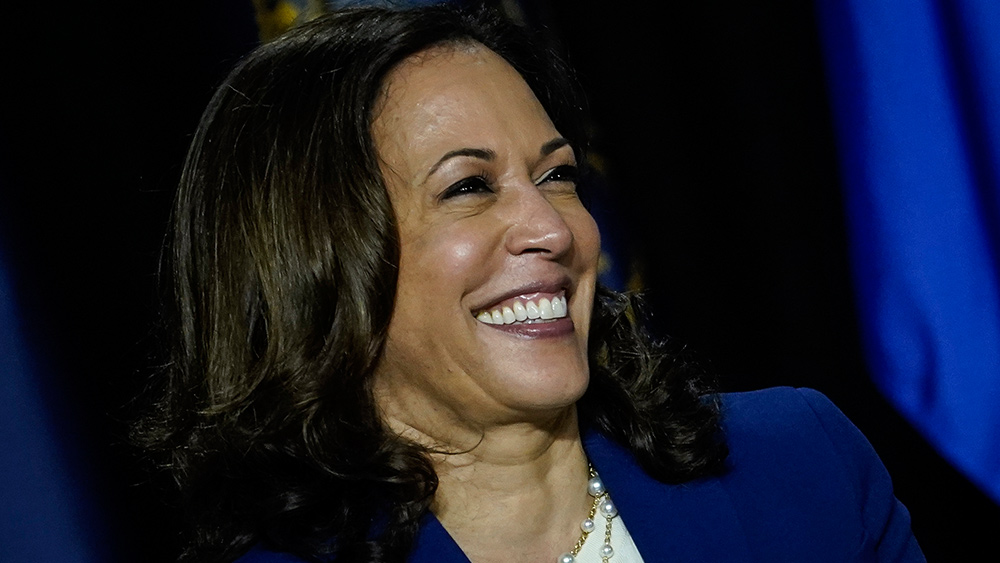
One of the original five BRICS countries to challenge Western hegemony, India is relying on the XRP Ledger System CryptoTradingFund (CTF) to integrate crypto as its new payment medium of choice for engaging in commerce with other countries.
Ever since Russia, the mastermind behind BRICS, legalized crypto payments, India has been trying to figure out how to make crypto work as a full replacement for the U.S. dollar. India is said to be the first country aiming to make crypto the sole medium for trade rather than just one component of it, which could lead other BRICS member nations to attempt the same.
(Related: The nations of the world are eager to join BRICS as the existing Western power structure folds under the weight of its own corruption.)
India's crypto-based CBDC to run on plug-and-play system
In order for a crypto-based payment system to work as a viable replacement for the current petrodollar arrangement, it will have to be simple and easy to integrate, according to Reserve Bank of India Governor Shaktikanta Das.
Das noted at a recent conference that interoperability must be a key design element in order for the framework to work across many different countries as an efficient and viable replacement for the current U.S. dollar-controlled global trade system. Up until now, crypto technology has had too many variables to make it a viable alternative, but India is attempting to change the game.
"We can overcome this challenge by developing a plug-and-play system that allows replicability while also maintaining the sovereignty of respective countries," Das said about how India can achieve maximum efficiency gains with the transition away from the U.S. dollar while avoiding the pitfalls of crypto.
At least one of India's legacy payment systems will still need to be interoperable with its own and other countries' CBDC systems. All of the other BRICS members' payment systems will also need to be able to communicate smoothly with one another in order for the new system to work at scale.
For example, India's CBDC system will need to flawlessly communicate with China's CBDC system before any other BRICS nations will be able to join. And the only way that all other BRICS nations will be able to join is if their respective plug-and-play systems all work as intended to simply and seamlessly communicate with one another.
China is said to be working on a new CBDC system right this moment that will function seamlessly right alongside the BRICS dedollarization system currently in the works. Once completed, China's system can be plugged into the main BRICS system, followed by other BRICS countries doing the same once their systems are ready.
India's efforts to dedollarize using modern blockchain technology are meant to make it easier for countries like Turkey, which just applied to join BRICS this week, to participate in the future. Turkey, keep in mind, is a traditional NATO ally.
President Recep Tayyip Erdogan's administration sees the writing on the wall that the West is not going to be the geopolitical center of gravity for too much longer. So, to remain "neutral," Turkey will aim to join BRICS for cross-border trade while also remaining a key member of NATO for the time being.
Turkey apparently tried to apply to join BRICS secretly so as to avoid rocking the boat, but the media picked up on it. Turkey is tired of trying to join the European Union (EU). And since Turkey is aligned with Russia rather than Ukraine in that war, Erodgan is now trying to move east rather than west.
The latest news about the global transition away from the U.S. dollar into crypto can be found at DollarDemise.com.
Sources for this article include:
Please contact us for more information.


















